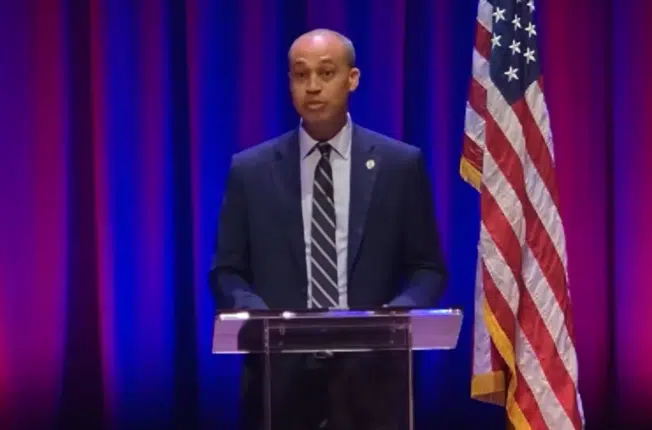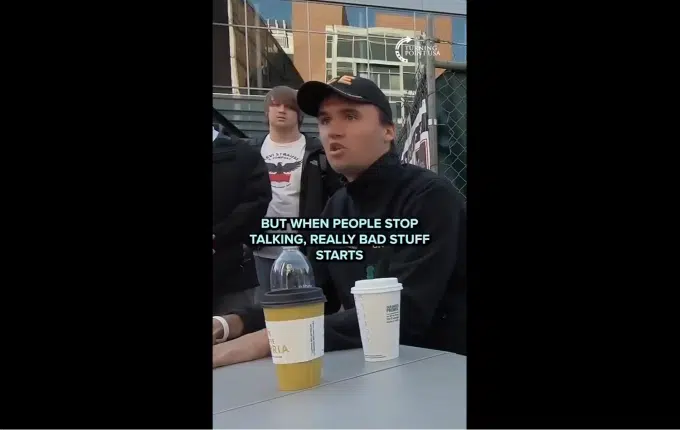
The unemployment rate in the U.S. ticked upwards to 4.2 percent in November, with 161,000 additional Americans saying they are unemployed in the latest household survey by the Bureau of Labor Statistics.
Unemployment overall is up from its Dec. 2022 low of about 5.7 million to its current level of 7.14 million, an increase of almost 1.45 million. That is generally not unexpected in an environment where inflation has cooled from its peak of 9.1 percent in June 2022 to its current level of 2.6 percent.
What is occurring is that following peak inflation, American households tend to max out their credit, purchases slow down and so do price increases amid lower demand, and eventually, layoffs start ensuing.
In fact, in the household survey, since Nov. 2023, there are 725,000 fewer Americans saying they have jobs. So, peak employment has come and gone. Yet one more potential reason why the incumbent Democrats were ousted and President-elect Donald Trump and Republicans won the White House, House and Senate in 2024.
With a little more than a month to go in President Joe Biden’s term, that means he is handing off an economy that is generally getting weaker by the minute. A much different situation than when he was entering office. Following the brief Covid pandemic recession, beginning in April 2020 through Jan. 2021, the U.S. economy had already added back 16.6 million jobs of the 25 million jobs lost, a pace that largely continued through 2021 and beyond.
But now that trend has reversed, with the more Americans reporting they are unemployed now, creating a challenge for the incoming Trump administration. Is it a recession?
Maybe, but even if it was, those are not necessarily fatal early in presidential terms politically. For example, Richard Nixon, Ronald Reagan, Barack Obama and George W. Bush all had recessions during their first terms and went on to get reelected. Trump obviously is in his second term, but it’s a non-consecutive term, with the presumed heir being Vice President-elect J.D. Vance, who will inherit whatever the economic situation happens to be — particularly the employment, incomes and inflation numbers are those to watch — come 2028.
In every case, there were economic recoveries already well under way by the time the next presidential election cycle came around and so the White House incumbent parties were not impacted.
Even sooner, however, Republicans in the 2026 Congressional midterms might also be impacted by any economic turbulence that might be on the horizon. Certainly, Republicans are already articulating extending the Trump tax cuts to be a top priority while they still have majorities to do so under budget reconciliation.
But those do not necessarily stop recessions. Both Reagan and Bush enacted tax cuts in the first years of their administrations, and recessions happened all the same beginning in July 1981 and March 2001, respectively, not because of the policies, but because the present economic boom-to-bust cycles had run their course. In the early 1980s, the economy was overheated from inflation and in 2001, it was overheated from the 1990s boom.
Same with enacting regulatory cuts, with both Republican administrations doing so but there still being recessions, again, not because of those policies, but because that’s where we were in the economic cycle.
A good question could be what is tax and regulatory environment coming out of a slowdown or a recession, and whether the booms that followed could be credited to the incumbent administration, as they both were in 1984 and 2004. Get it right, and voters reward the incumbents. Get it wrong, ask Jimmy Carter, George H.W. Bush or Joe Biden, and that could be it. As usual, stay tuned.
Robert Romano is the Vice President of Public Policy at Americans for Limited Government Foundation.






